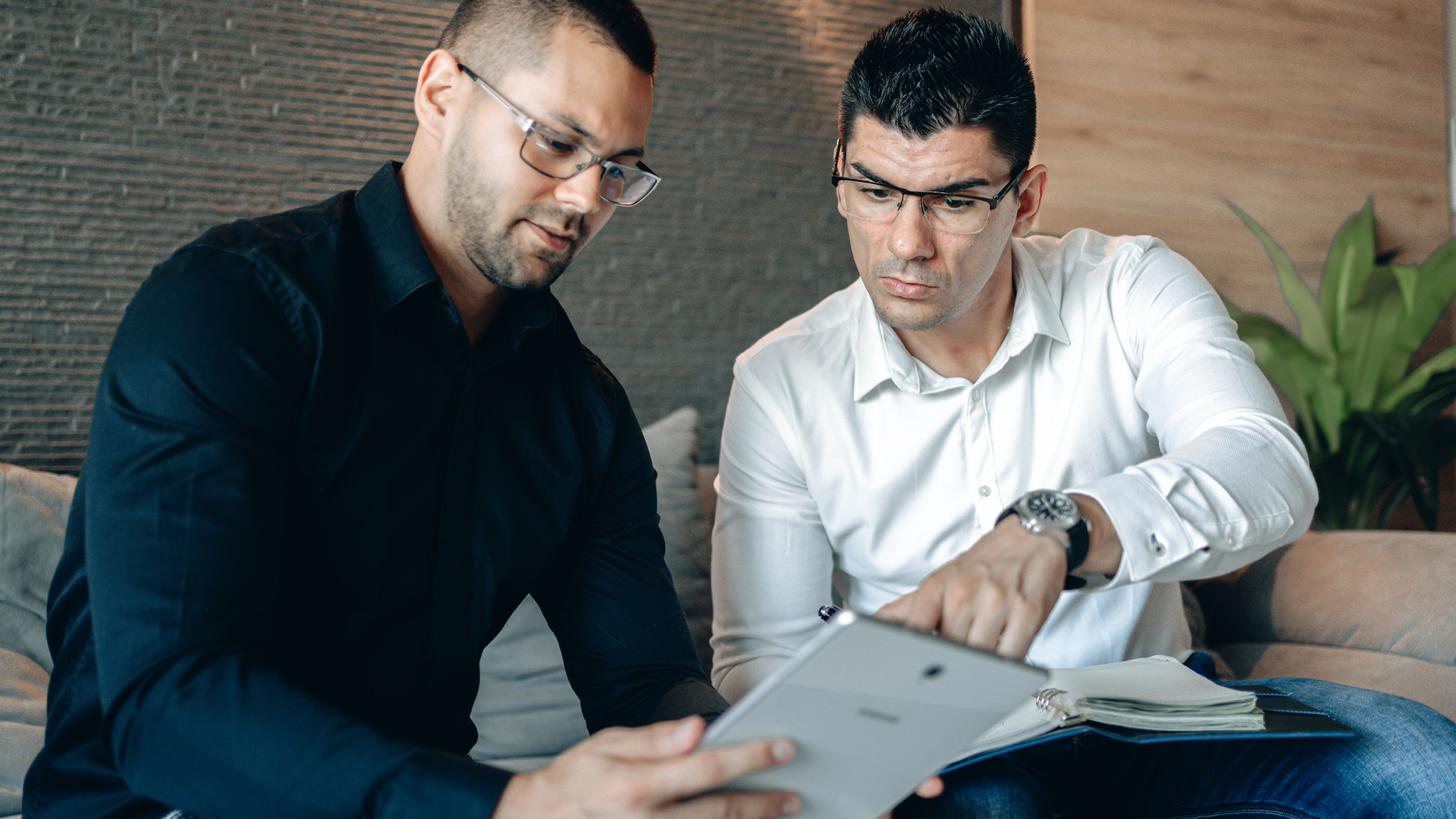
Shopping, for me, has taken on a whole new form.
I've been browsing bridal registries at Pier 1 while waiting in the dentist office and purchasing new running shoes from Zappos while on the train. Lately, I've even taken the opportunity to update my home grocery delivery list on my mobile phone while cooking dinner! It’s been fantastic – more efficient shopping decisions supported by in-app reviews, free shipping offers and most importantly less time at the store…which translates to more time for other things.
Our clients are noticing this, too, because we’re seeing a drastic rise in the demand to put apps in front of prospective consumers before they launch. Our retail clients want to exploit the interplay between store, online, and mobile channels in consumer outreach and they want to do it well. With the holidays only being a short 5 months away and the holiday shopping season ramping up in a mere 2, retailers are expanding their mobile budgets and adjusting their second half of the year marketing plans to ensure they can meet the needs of users like me who would just rather not head to the store.
What kind of mobile testing is happening?
Feature priorities are broad and users’ expectations are demanding. The trends in mobile are changing rapidly. Clients cannot simply take their traditional site and miniaturize it to fit on the screen of your smart phone or they’ll lag behind their competitors.
Let’s consider everything that a consumer can do from the palm of their hand these days: text-to-list to add oneself to marketing lists, access location based deals, get feedback from their social networks about purchasing decisions, accurately compare pricing between e-retailers and local retail stores and this list goes on and on. Consumers seek instant gratification and retailers have new avenues for branding opportunities to meet that instant search protocol that is becoming standard.
Our clients get it and they have expressed the need to get their offering right the first time. (...before the app store makes them go through a lengthy resubmission process.)
Although there are the occasions where a template app can be used to showcase the clients’ offering, we’re finding that this is increasingly rare in the retail segment. Clients are customizing and they’re considering their audience as a critical component to developing a successful solution.
What are we doing to help?
KLI specializes in primary research – we work to evaluate user behavior, blend our observations and user feedback with our expertise and deliver actionable recommendations to make things intuitive to the target audience. So, as mobile expands, we need to continue to be forward-thinking as we gather data.
In an effort to help our clients evaluate user behavior across form factors and operating systems as they develop this critical mobile presence, we’ve found a few tools that help us move from the lab and into the wild.
- The Spy Cam. In a nutshell, this is a pair of glasses with a small video camera mounted in the center between the two eyes - they look and feel like a geeky pair of sunglasses.
When we’re using it: Several clients have the need to understand the interplay between their mobile shopping app and the physical store shelf. In scenarios where the app offers reviews, or additional product information or helps comparative shop, users aren't neglecting this tool. So, we’ve used “the spy cam” to monitor this behavior without having to stand two feet away from them as they navigate a store aisle. They’re more comfortable and we get more information to make informed generalizations about their behavior.
- Mirrored Screen. Depending on the smart phone, there is an HDMI out cable that can be used to mirror the screen on a PC. We use this, combined with screen recording software to capture the navigation path of the user.
- When we’re using it: Sometimes the setting is such that we don’t want to observe first hand what’s going on because we may interfere with the users’ most natural behavior. In this scenario we send the mirrored screen to a more comfortable viewing location so that we can see the navigation path as the user executes a task, explores freely, etc. In many cases, we stream this mirrored screen to the client in tandem with our notes so that they can check-in freely as they wish to observe the data collection process. Bringing our clients on board during data collection makes them feel like they’re more involved and increases the integrity of our reporting.
- Diary Studies. We've setup easy to access blogs like tumblr, etc. for users to send screenshots, audio clips, quotes, thoughts, and more as they log their usage behavior.
When we’re using it: In some scenarios we need data testing over time. Take the airline industry study we did for example… from booking, to checking in, to changing seats, to boarding, the app is accessed at various time points. It’s an effective delivery method for us to encourage users to log their experience at various time points so the entire service can be properly evaluated.
We’re also using mobile eyetracking solutions, split screen monitors to synchronize concurrent activities, in-lab mobile sleds and camera systems, on-screen simulators, and more depending on the research questions on hand.
To learn more about the presentation from the Big (D)esign 2011 conference in Dallas reach out to us at sales@keylimeinteractive.com











Comments
Add Comment